As the effects of climate change become increasingly apparent, finding solutions to mitigate its impact is crucial. Did you know that trees play a vital role in climate change adaptation? By planting the right trees, we can help combat rising temperatures, flooding, and other environmental challenges.
Climate change is a pressing issue that affects every corner of the globe. As temperatures rise and extreme weather events become more frequent, it is essential to explore sustainable and nature-based solutions. Planting trees is a simple yet effective way to contribute to climate change adaptation and create a greener future.
When it comes to selecting trees for climate change adaptation, not all species are created equal. Some trees are better equipped to withstand heat, absorb carbon dioxide, and prevent soil erosion. In this article, we will explore the best tree species for climate change adaptation, providing you with valuable insights on how to make a positive impact on the environment.
Why Trees Matter for Climate Change
When it comes to fighting climate change, trees are one of the most effective solutions available to us. Trees absorb carbon dioxide (CO2) from the atmosphere through photosynthesis, storing the carbon in their trunks, branches, leaves, and roots. This process helps to reduce the amount of CO2 in the atmosphere, which is one of the primary drivers of climate change.
Here are a few reasons why trees matter for climate change:
- Carbon Storage: Trees are excellent at storing carbon. In fact, a single mature tree can absorb up to 48 pounds of CO2 per year and store it in its biomass. This means that planting more trees can help to reduce the amount of CO2 in the atmosphere and slow down the rate of climate change.
- Biodiversity: Trees provide habitat for a wide range of plant and animal species. This biodiversity is important for maintaining healthy ecosystems, which in turn helps to mitigate the effects of climate change.
- Air Quality: Trees absorb pollutants from the air, such as nitrogen oxides, ozone, and particulate matter. This helps to improve air quality and reduce the negative health effects associated with air pollution.
- Water Quality: Trees help to filter and absorb rainwater, reducing the amount of runoff and erosion that can occur. This helps to improve water quality and reduce the negative impacts of flooding and drought.
- Cooling Effect: Trees provide shade and help to cool the surrounding environment. This can help to reduce the urban heat island effect, which occurs when cities are significantly warmer than surrounding rural areas.
Criteria for Choosing the Best Trees for Climate Change
When choosing the best trees for climate change, there are several criteria you should consider. Here are the most important factors to keep in mind:
- Drought Tolerance: As climate change leads to more frequent and severe droughts, it’s essential to choose trees that can survive with limited water. Drought-tolerant trees can help maintain healthy forests, even in dry conditions. Some examples of drought-tolerant trees include the Aleppo Pine, the Red Mulberry, and the Desert Willow.
- Carbon Sequestration: Trees play a crucial role in mitigating climate change by absorbing carbon dioxide from the atmosphere through a process called carbon sequestration. Trees with higher carbon sequestration rates are more effective at reducing greenhouse gas emissions. Some of the best trees for carbon sequestration include the Coast Redwood, the Eastern White Pine, and the Giant Sequoia.
- Adaptability to Changing Climate: As the climate continues to change, it’s important to choose trees that can adapt to new conditions. Trees that can withstand extreme temperatures, heavy rainfall, and other climate-related stressors will be more resilient in the face of climate change. Some trees that are known for their adaptability include the White Oak, the Black Walnut, and the American Beech.
- Resistance to Pests and Diseases: Climate change can also lead to an increase in pests and diseases that can damage trees. Choosing trees that are resistant to these threats can help maintain healthy forests and reduce the need for pesticides. Some of the most pest- and disease-resistant trees include the American Holly, the Bald Cypress, and the Red Maple.
By considering these criteria when choosing trees for climate change, you can help ensure that your efforts to mitigate climate change are effective and sustainable. Whether you’re planting trees in your backyard or working on a larger-scale reforestation project, choosing the right trees is essential for creating a healthier, more resilient planet.
Best Trees for Climate Change
When it comes to fighting climate change, planting trees is one of the most effective ways to reduce carbon dioxide in the atmosphere. Here are the top 5 trees that you should consider planting in your area to help combat climate change.
1. Oak Trees
Oak trees are known for their longevity and can live for hundreds of years. They are also excellent at absorbing carbon dioxide from the atmosphere and storing it in their wood, leaves, and roots. Oaks are also great for supporting local wildlife, providing food and shelter for birds, squirrels, and other animals.
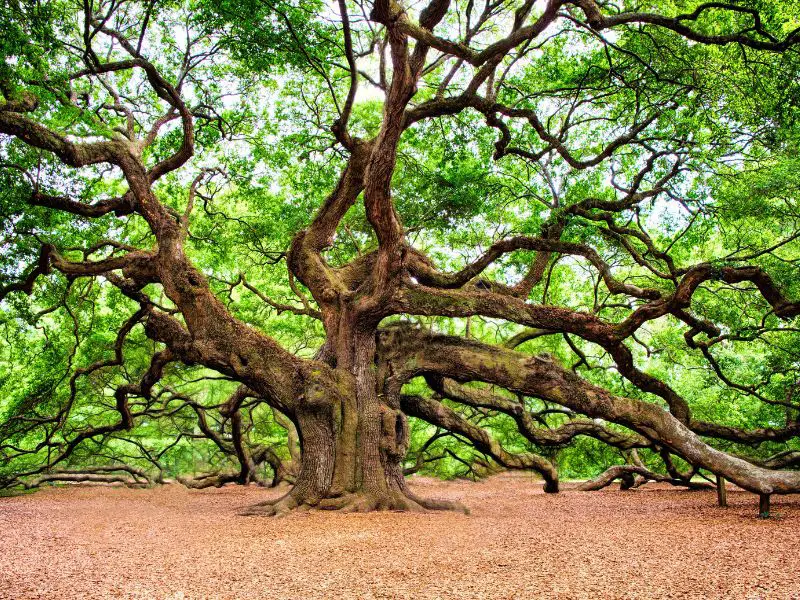
2. Redwoods
Redwoods are among the tallest trees in the world and can grow up to 300 feet tall. These trees are also excellent at absorbing carbon dioxide and can store more carbon per acre than any other tree species. Redwoods are also known for their incredible ability to withstand natural disasters like wildfires and earthquakes.
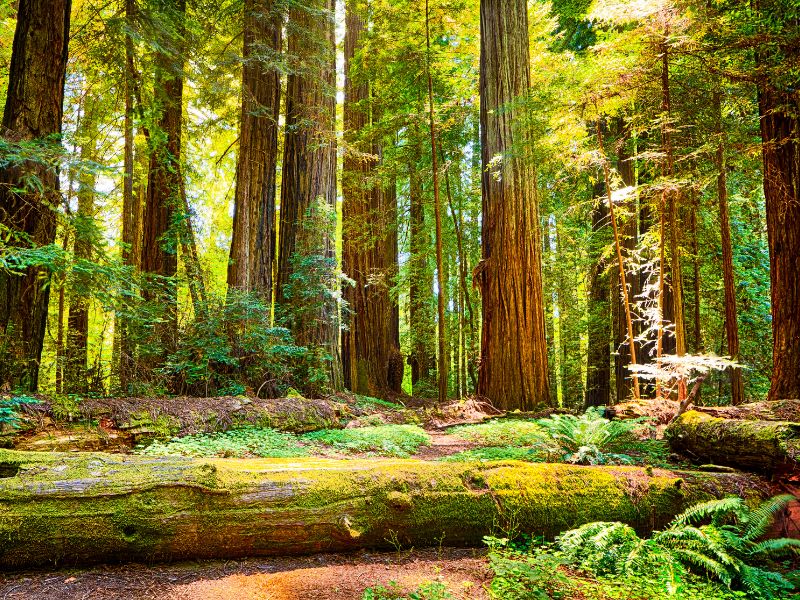
3. Maple Trees
Maple trees are a popular choice for homeowners because of their stunning fall foliage. These trees are also great at absorbing carbon dioxide and can store it in their wood and leaves. Maple trees are also excellent at reducing air pollution, making them a great choice for urban areas.
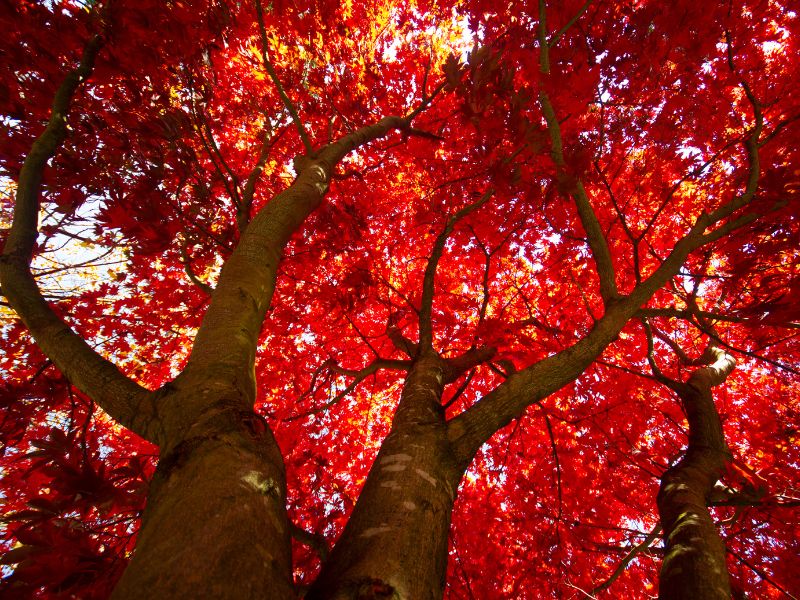
4. Birch Trees
Birch trees are a great choice for colder climates and can grow in a variety of soil types. These trees are also excellent at absorbing carbon dioxide and can store it in their wood and leaves. Birch trees are also known for their beautiful white bark, which can add visual interest to any landscape.
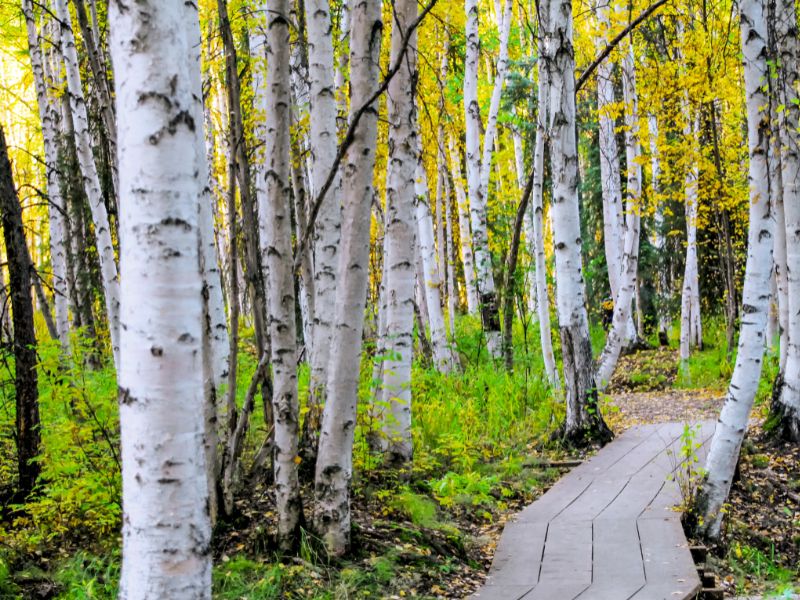
5. Pine Trees
Pine trees are a common sight in many parts of the world and are known for their ability to grow in a variety of soil types. These trees are also great at absorbing carbon dioxide and can store it in their wood and needles. Pine trees are also excellent at preventing soil erosion, making them a great choice for areas with steep slopes.
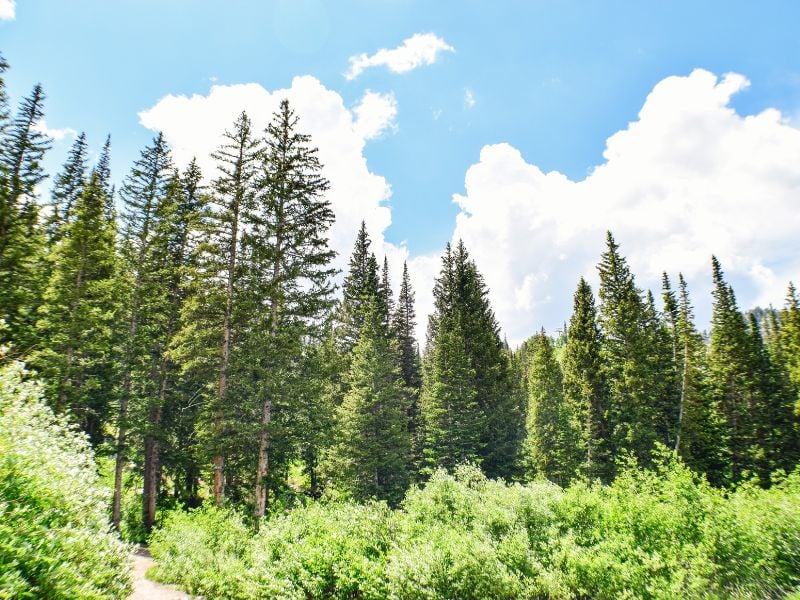
6. Eucalyptus Trees
Known for their fast growth, Eucalyptus trees are excellent at absorbing and storing carbon dioxide. They are native to Australia, but many species can thrive in other parts of the world. They are also resilient, capable of regrowing after fire, which makes them a great choice in regions prone to wildfires.
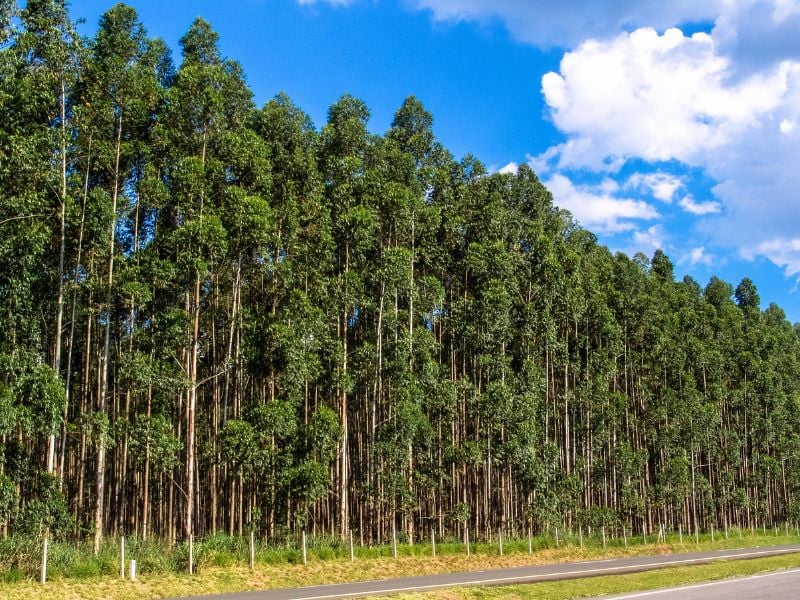
7. Mangrove Trees
Mangroves are exceptional at storing carbon, much more so than most tree species. These trees grow in coastal saline or brackish water and help protect coastlines from erosion and storm surges. Additionally, they provide a unique habitat for many species, promoting biodiversity.
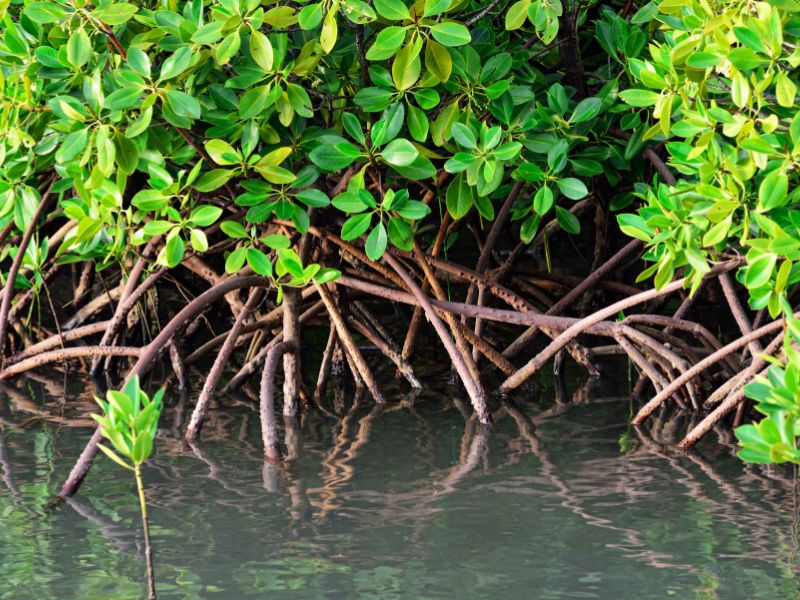
8. Black Walnut Trees
Black Walnut trees are revered for their high-quality timber, but they are also effective carbon sequesters. They are native to North America and can thrive in a variety of soil types. They also support local ecosystems by providing food and shelter for wildlife.
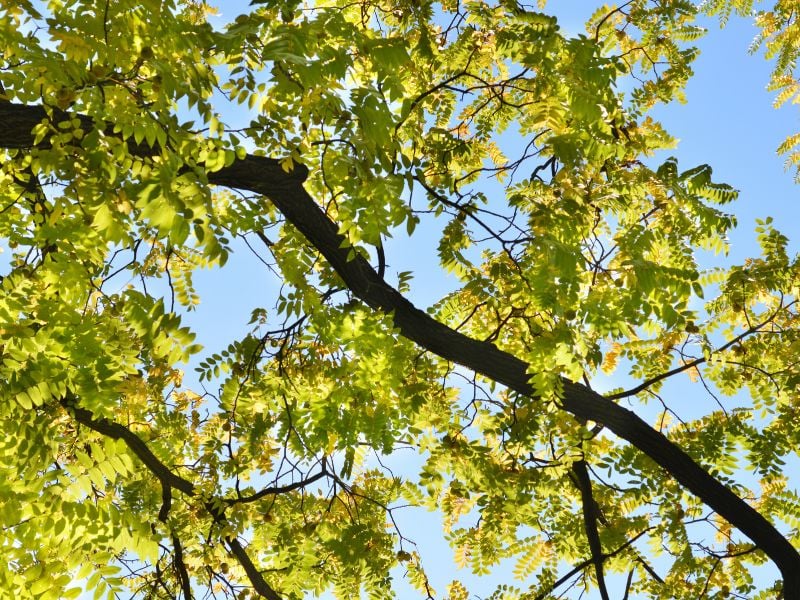
9. American Sycamore
The American Sycamore, also known as the American Plane Tree, is one of the largest and oldest tree species in the Eastern and Central United States. These giants are fantastic carbon storers and are also very durable, making them excellent choices for urban environments where they can help to filter air pollution.

10. Douglas Fir
The Douglas Fir is a native tree to North America and is known for its height, often reaching over 200 feet. This tree species is also a phenomenal carbon absorber, and due to its long lifespan and size, it can store a vast amount of carbon over time. It is also valued for its timber, making it a sustainable choice for the timber industry.
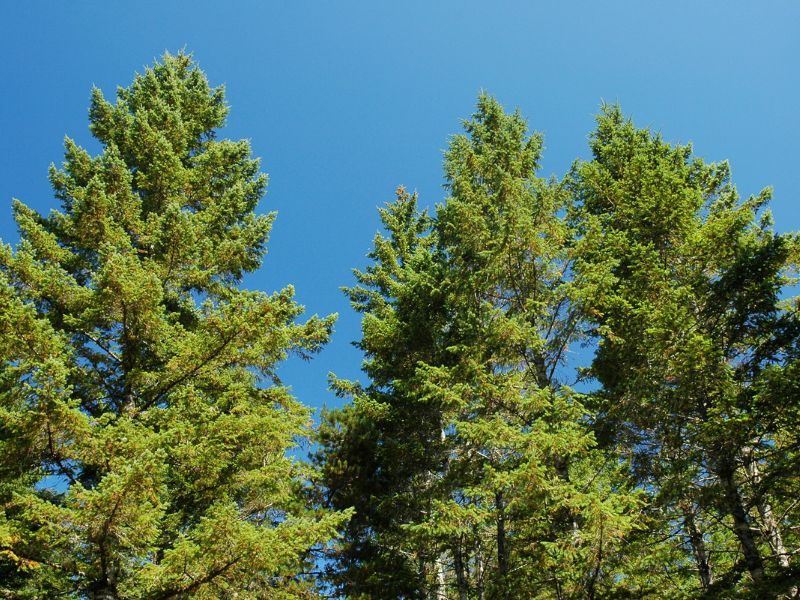
Each of these tree species has a unique set of advantages and abilities in the fight against climate change. However, when choosing trees to plant, it’s also important to consider the local climate, soil conditions, and the overall impact on local biodiversity. Planting a variety of tree species can help create more resilient forests that are better equipped to face the challenges of a changing climate.
Other Trees to Consider
If you’re looking for other trees to plant in your yard or community to help fight climate change, there are plenty of options to choose from. Here are some other trees to consider:
Dogwood Trees
Dogwood trees are known for their beautiful flowers and bright red berries. They are also great for the environment, as they can help reduce air pollution and provide habitat for birds and other wildlife. Dogwood trees are also relatively small, making them a good choice for smaller yards or urban areas.
Magnolia Trees
Magnolia trees are another great option for fighting climate change. They are known for their large, fragrant flowers and glossy leaves. Magnolia trees can help reduce air pollution and provide shade, which can help reduce energy costs in the summer. They are also relatively low-maintenance, making them a good choice for busy homeowners.
Cedar Trees
Cedar trees are known for their distinctive scent and beautiful foliage. They are also great for the environment, as they can help reduce air pollution and provide habitat for birds and other wildlife. Cedar trees are also relatively low-maintenance, making them a good choice for homeowners who don’t have a lot of time to devote to tree care.
Willow Trees
Willow trees are known for their graceful, drooping branches and delicate leaves. They are also great for the environment, as they can help reduce air pollution and provide habitat for birds and other wildlife. Willow trees are also relatively fast-growing, making them a good choice for homeowners who want to see results quickly.
Cherry Trees
Cherry trees are known for their beautiful flowers and delicious fruit. They are also great for the environment, as they can help reduce air pollution and provide habitat for birds and other wildlife. Cherry trees are also relatively small, making them a good choice for smaller yards or urban areas.
Bottomline
Trees are critical allies in tackling climate change, providing numerous environmental benefits. This article spotlighted key species due to their unique strengths. However, local conditions and biodiversity must be considered when planting. Our choices today will shape our climate resilience tomorrow. Every tree counts.
Tree-mendous Tales Unveiled! Discover why trees are the ultimate VIPs of our planet and meet the speed demons of the tree world – the fastest-growing trees! Dive into the leafy wonders that keep Earth balanced and witness nature’s sprint to the skies.

